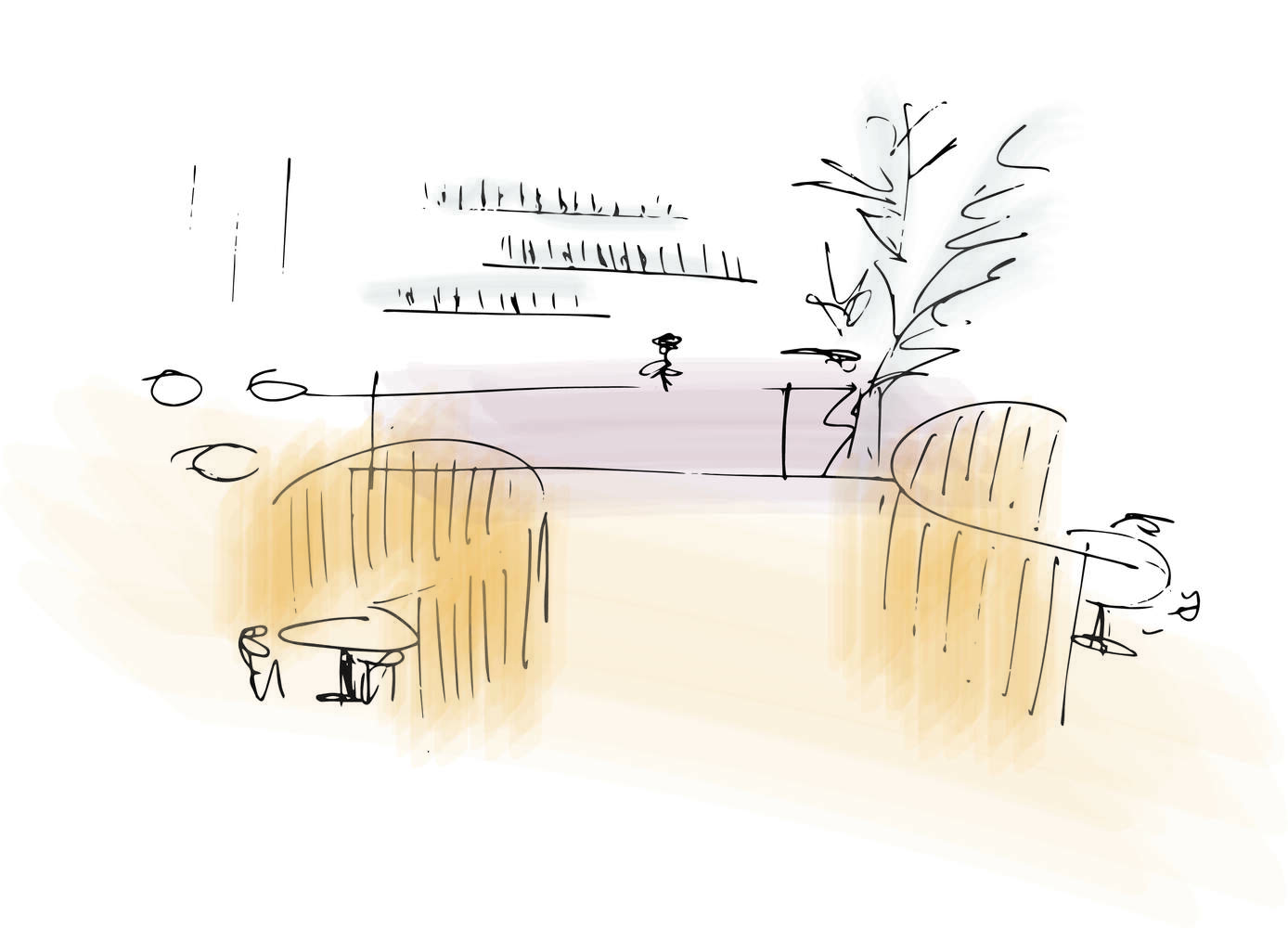

| CANVAS OF PLANS & DRAWINGS |
INTERIOR & DÉCOR, but with a twist |
| HOTELS & RESTAURANTS, beyond mainstream |
Notes on ART |
| Into big AFFAIRS | INSIDERS |
| GLIMPSES | |
Keywords:

To create a truly innovative and welcoming hospitality space, one must start by understanding the ever-evolving needs of travellers. In the past, there was a clear distinction between holiday hotels and business hotels, but today, these boundaries have blurred. A guest might be travelling for leisure yet need a quiet corner to work, or conversely, be on a business trip but seek authentic spaces to unwind.
The hospitality of the future must make people feel at home, offering not just a place to sleep and dine but a vibrant, inspiring space where they can meet others, relax, and focus on their well-being. That’s why, at NEXT PLACE HOTEL, we have envisioned an immersive experience: technology and comfort, of course, but without forgetting the soul of the place. The lobby becomes a meeting point, featuring a large library where guests can browse books, while the reception seamlessly blends into the space for a warmer, more immediate welcome. Even in the rooms, the approach is different: instead of a separate gym, we provide a dedicated fitness area within the room, complete with smart equipment and a virtual trainer to guide workouts after a long day.
Today, a hotel is much more than just a stopover; it should tell the story of the city it belongs to and reflect its unique identity. Major hotel chains are moving beyond the idea of a single universal standard and are instead focusing on personalised, locally inspired experiences. For example, in Milan, we have preserved elements of the city’s traditional "ringhiera" houses, maintaining the authentic and welcoming character that makes the city unique.
Finally, hospitality must engage more closely with nature: creating spaces that promote well-being, sustainability, and harmony with the environment is the true key to the future of the hotel industry.




